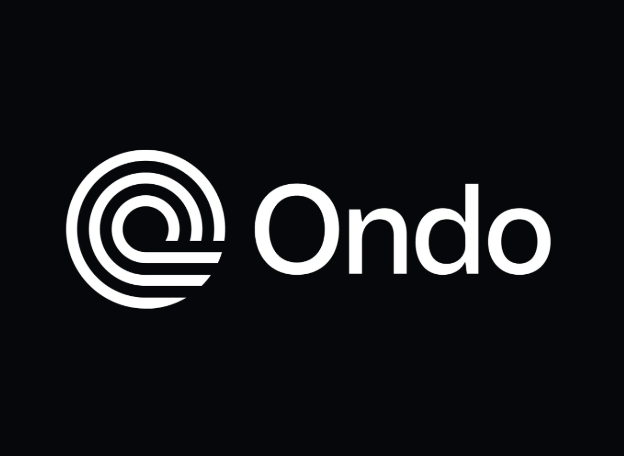
- The Ethereum Improvement Proposal (EIP) 7781 aims to reduce block times from 12 seconds to 8 seconds, potentially increasing network throughput by 50% and enhancing rollup latency and data capacity.
- While the proposal has garnered support from experts, concerns remain about its impact on solo stakers and the rising gas fees on the Ethereum network.
A new Ethereum Improvement Proposal (EIP), known as EIP-7781, is set to revolutionize the Ethereum network by slashing block times and enhancing data capacity. Presented by Ben Adams, co-founder of Illyriad Games, on October 5, the proposal aims to reduce block times from the current 12 seconds to just 8 seconds. This change could potentially boost the network’s throughput by 50%, a significant improvement for Ethereum’s performance.
The Goals of EIP-7781
EIP-7781 focuses on improving the latency of rollups and expanding the capacity of blobs, a temporary data structure designed to reduce gas fees on layer-2 networks. By distributing bandwidth usage more evenly over time, the proposal aims to lower peak bandwidth requirements without increasing the number of individual blocks or blobs. This could lead to a more efficient and stable network, ultimately benefiting users and developers alike.
Expert Endorsements and Efficiency Gains
The proposal has garnered support from several experts in the Ethereum community, including Justin Drake, a researcher at the Ethereum Foundation. Drake highlighted the potential benefits of EIP-7781 in a GitHub post, stating:
“It increases throughput by 1/2, an effective increase to a 45M gas limit and 9 blob limit. This aligns with the proposed 40M gas limit by pumpthegas.org and the 8 blob limit by Vitalik and others.”
Drake also noted that reducing block times would make decentralized exchanges like Uniswap v3 approximately 22% more efficient. He estimated that this efficiency could save roughly $100 million in centralized exchange-decentralized exchange (CEX-DEX) arbitrage per year, leading to better execution for users.
Additionally, Drake mentioned that the proposal would enhance the user experience for Ethereum smart contracts by reducing confirmation times by 33% and smoothing out peak load across more slots, making the network more resilient during high activity periods.
Concerns Over Solo Stakers
Despite the optimism, some developers have raised concerns about the impact on solo stakers. Shorter block times could lead to execution state growth, increasing the amount of data on the blockchain. This would require more powerful hardware and higher bandwidth, potentially disadvantaging individual stakers.
Adam Cochran, a partner at Cinneamhain Ventures, described the new EIP as “reasonable” concerning its impact on solo stakers, provided that the gas limit per block remains unchanged. Cochran emphasized the need for tests on I/O hardware and staker return ping times to ensure home stakers are not cut off.
Addressing Rising Gas Fees
One ongoing issue for the Ethereum network is the rising gas fees. A recent Coinbase report noted that Ethereum network fees have surged significantly due to increased on-chain activity. The median transaction cost rose from $0.09 at the beginning of September to $1.69, with total Ether transfer volumes increasing by 17% week-over-week.
The volatility in gas fees reflects the heightened on-chain activity, leading to a surge in the total Ether fees burned daily. Data from CryptoQuant shows that fees burned rose over 900% to 2,097 ETH between September 14 and September 24.
The Bottom Line
While the Ethereum community has focused on developing and enhancing Layer 2 solutions, EIP-7781 represents a significant effort to improve the performance of the Ethereum mainnet itself. With support from crypto veterans and potential benefits for network efficiency and user experience, EIP-7781 could be a game-changer for Ethereum’s future.




